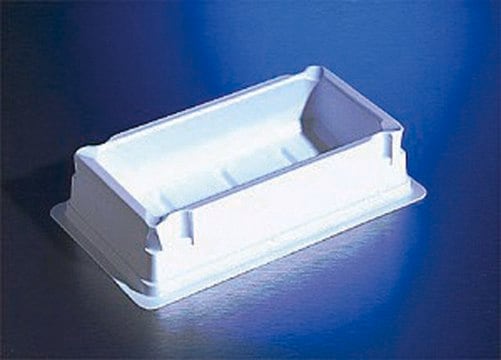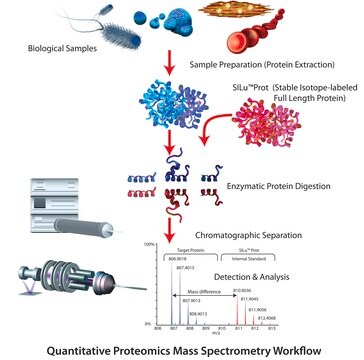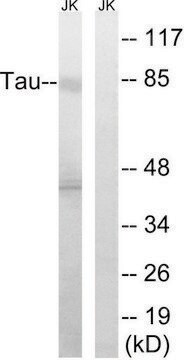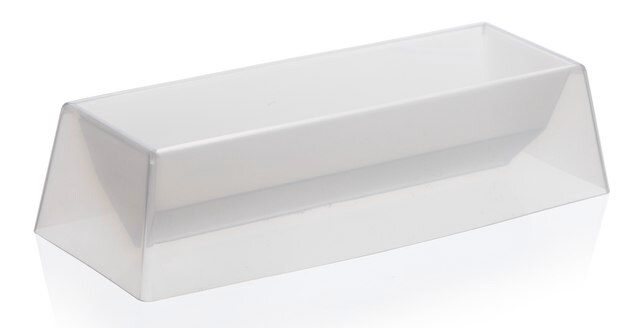MSST0037
SILu™Prot IGFBP7 Insulin-like growth factor-binding protein 7 human
recombinant, expressed in HEK 293 cells, SIL MS Protein Standard, 13C and 15N-labeled
Synonyme(s) :
IBP-7, IGF-binding protein 7, IGF-bindingprotein7, IGFBP-7, IGFBP-rP1, MAC25 protein, PGI2-stimulating factor, Prostacyclin-stimulating factor, Tumor-derived adhesion factor (TAF)
About This Item
Produits recommandés
Source biologique
human
Niveau de qualité
Produit recombinant
expressed in HEK 293 cells
Essai
≥98% (SDS-PAGE)
Forme
lyophilized powder
Puissance
≥98 Heavy amino acids incorporation efficiency by MS
Technique(s)
mass spectrometry (MS): suitable
Adéquation
suitable for mass spectrometry (standard)
Numéro d'accès UniProt
Température de stockage
−20°C
Informations sur le gène
human ... IGFBP7(3490)
Description générale
Immunogène
Actions biochimiques/physiologiques
Forme physique
Informations légales
Code de la classe de stockage
11 - Combustible Solids
Classe de danger pour l'eau (WGK)
WGK 2
Point d'éclair (°F)
Not applicable
Point d'éclair (°C)
Not applicable
Faites votre choix parmi les versions les plus récentes :
Certificats d'analyse (COA)
Vous ne trouvez pas la bonne version ?
Si vous avez besoin d'une version particulière, vous pouvez rechercher un certificat spécifique par le numéro de lot.
Déjà en possession de ce produit ?
Retrouvez la documentation relative aux produits que vous avez récemment achetés dans la Bibliothèque de documents.
Notre équipe de scientifiques dispose d'une expérience dans tous les secteurs de la recherche, notamment en sciences de la vie, science des matériaux, synthèse chimique, chromatographie, analyse et dans de nombreux autres domaines..
Contacter notre Service technique





